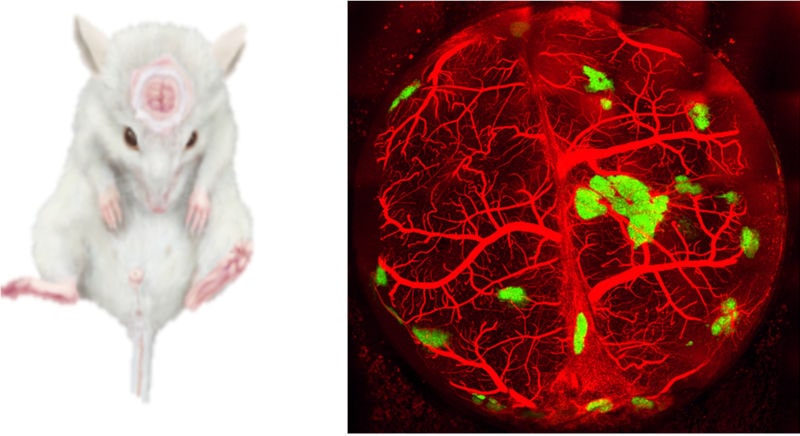Progress Report
Co-evolution of Human and AI-Robots to Expand Science Frontiers[3] Adaptive and Robust AI-robot Scientists
Progress until FY2024
1. Outline of the project

Outstanding scientists do not give up when experiments fail—they keep trying, using creativity and ingenuity to complete their work. This topic focuses on developing AI-robot scientists that can be adaptive and robust even in difficult situations.
- AI devises new manipulation strategies and structural adaptations to overcome unpredictable challenges.
- Robots work together and respond flexibly to changing environments.
- These systems enable scientific exploration in extreme environments like space or the deep sea, where continuous human presence is impractical.
2. Outcome so far
AI-robot scientists are expected to conduct research in environments inaccessible to humans—such as biohazard zones, deep-sea regions, or outer space. In such extreme settings, experimental samples are rare and irreplaceable. A single failure could mean the loss of a unique opportunity. However, conventional robots cannot recover from failure without human help.
To solve this, we have developed methods for physical AI to enable robots to creatively adapt their body structure and manipulation strategy. Unlike humans, robots can physically reconfigure themselves in principle, allowing them to respond flexibly to changing tasks.

For scientific experiments involving frequent pick and place of tiny objects, we developed physical AI that allows the robot to recognize failure and adjust its motions until it succeeds (Taniguchi PI). This is essential to complete experiments without wasting precious samples.

We also developed robotic modules and corresponding physical AI that allow one robot to assemble another and adjust their structure and behavior as needed (Okada PI). If a task suddenly changes or a robot malfunctions, robots can exchange their modules and adapt together. This makes it possible to carry out experiments even in resource-limited environments like outer space.

As research platforms to integrate these robotic capabilities to conduct experiments on real targets, we have developed multiple AI-robot platforms and their digital twins. One platform handles model organisms that are very small and soft, and show a large variation in shape and mechanical properties. Another handles laboratory equipment such as test tubes that are also small but rigid and exhibit smaller shape variation (Harada PI).
In life sciences, especially, conducting large-scale physical experiments to train AI is costly, time-consuming, and may raise ethical concerns. We use digital twins to train AI more efficiently and ethically.

We also developed mathematical foundations to implement structure in AI and improved robotic control (Matsubara PI).
3. Future plans
We are designing physical AI to be compatible with various types of robots. If robots currently limited to repetitive and routine tasks become adaptive and robust, we can open up new avenues of scientific exploration beyond human capabilities. We aim to deploy these AI-robot scientists as partners to human scientists, especially in extreme environments.
Furthermore, this technology will contribute to autonomously performing tasks that were previously difficult to robotize—such as working with irregular, soft, or very small objects. Through AI-driven science, we seek not only to push research forward but also to bring these innovations into broader society.